Roof garden ideas – transform your terrace into a mini horticultural haven
With the right roof garden ideas, thoughtful design and tough plants, an exposed roof terrace can become a leafy urban retreat for plants, birds and insects


When it comes to roof garden ideas, it’s important to get the right mix of materials and planting for creating a space with year-round interest.
Roof gardens, terraces and balconies provide a great opportunity to enjoy the surrounding views, and with the right small garden ideas you can extend the living space of your home, whatever the size.
When it comes to gardening, every roof garden has its issues. Strong winds and extreme exposure can desiccate even the toughest plants, while weight restrictions, safety regulations and getting materials to the top of the building all make vertiginous outdoor space among the most challenging sites.
But with those challenges comes major benefits; the incredible views and breathtaking vistas are just some of the advantages of rooftop and balcony gardens.
Below, you'll find our favorite roof garden ideas – plus tons of design advice and inspiration.
Incredible roof garden ideas
No matter what size your roof deck is, these garden ideas will help you create an outdoor oasis you'll be happy to retreat to.
1. Build planters into the deck
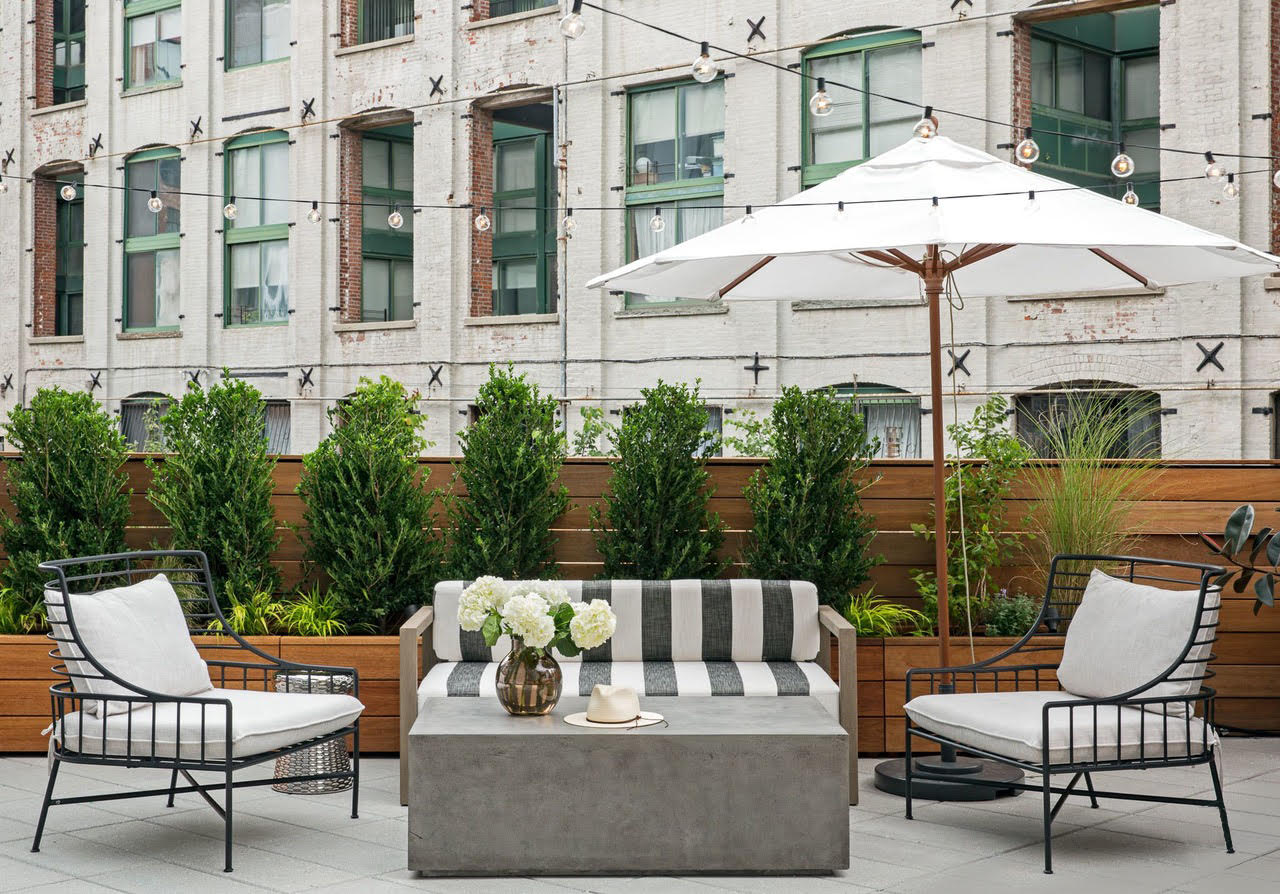
If your rooftop garden is part of a larger roofdeck overhaul, consider building your planters along the outer edges of your roof. This will offer ample space for layering taller trees for privacy with smaller shrubs and annuals for color.
Design expertise in your inbox – from inspiring decorating ideas and beautiful celebrity homes to practical gardening advice and shopping round-ups.
If you have dreams of a rooftop kitchen garden or a layered cottage garden, allow two or three feet of depth per planter to create mini garden beds.
2. Take color cues from the views

This rooftop balcony garden in Boston's historic South End neighborhood incorporates colors from the ivy covered brick rowhouses below, with shades of red, green, and white. A variety of planter heights create visual depth, while also helping to anchor living space.
3. Use arborvitaes for privacy

Sometimes, designing a roof garden is just like designing a suburban backyard or ground level courtyard garden. Take privacy hedges, for example. On a city roofdeck, a row of arborvitaes screens the roof area from the eyes of neighbors, while also adding a sense of lushness to the urban landscape.
One thing to note about arborvitaes, however, is that they'll need near-constant watering when they're first planted. For the first 10 days, they require small amounts of water every hour or two to keep the soil continually moist, so make sure your roof is properly equipped to handle the maintenance.
4. Plant ivy near the walls
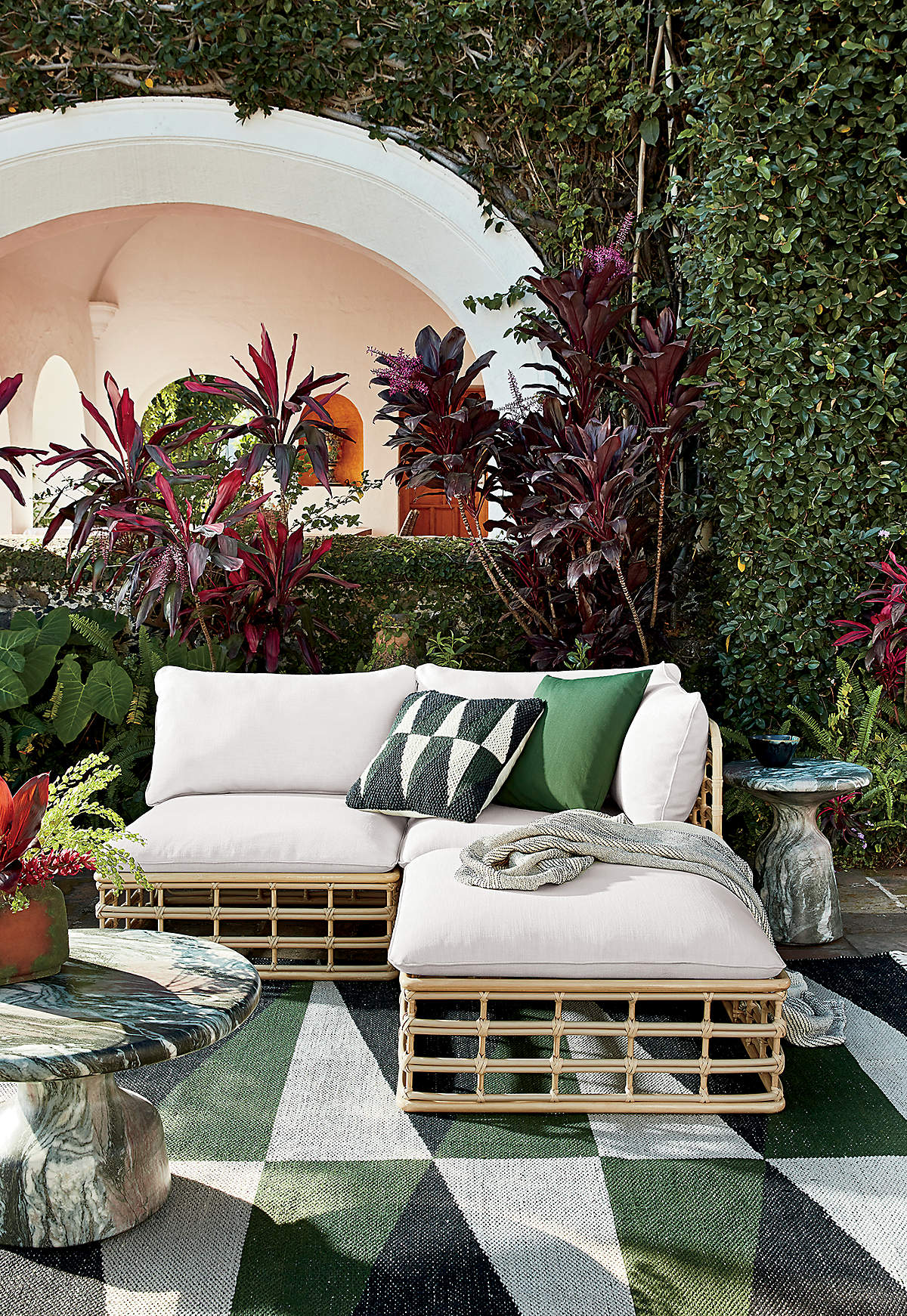
Turn a brick or concrete roof area into a verdant oasis by planting a climbing vine like ivy or a climbing hydrangea alongside walls. It'll take a few years to fill in, but once it does, your roof will take on a secret garden feel that's well worth the wait.
5. Use small containers for a flexible roof garden

A variety of small containers can be a great way to garden on the roof, especially for gardening beginners. For one, it allows you to experiment with what types of plants do well on your roof (and where) because you can move them around to various spots until you find a place where they'll thrive.
Plus, you'll be able to move your perennials indoors during the winter months, and take advantage of their beauty until the next roofdeck season.
6. Cope with the elements
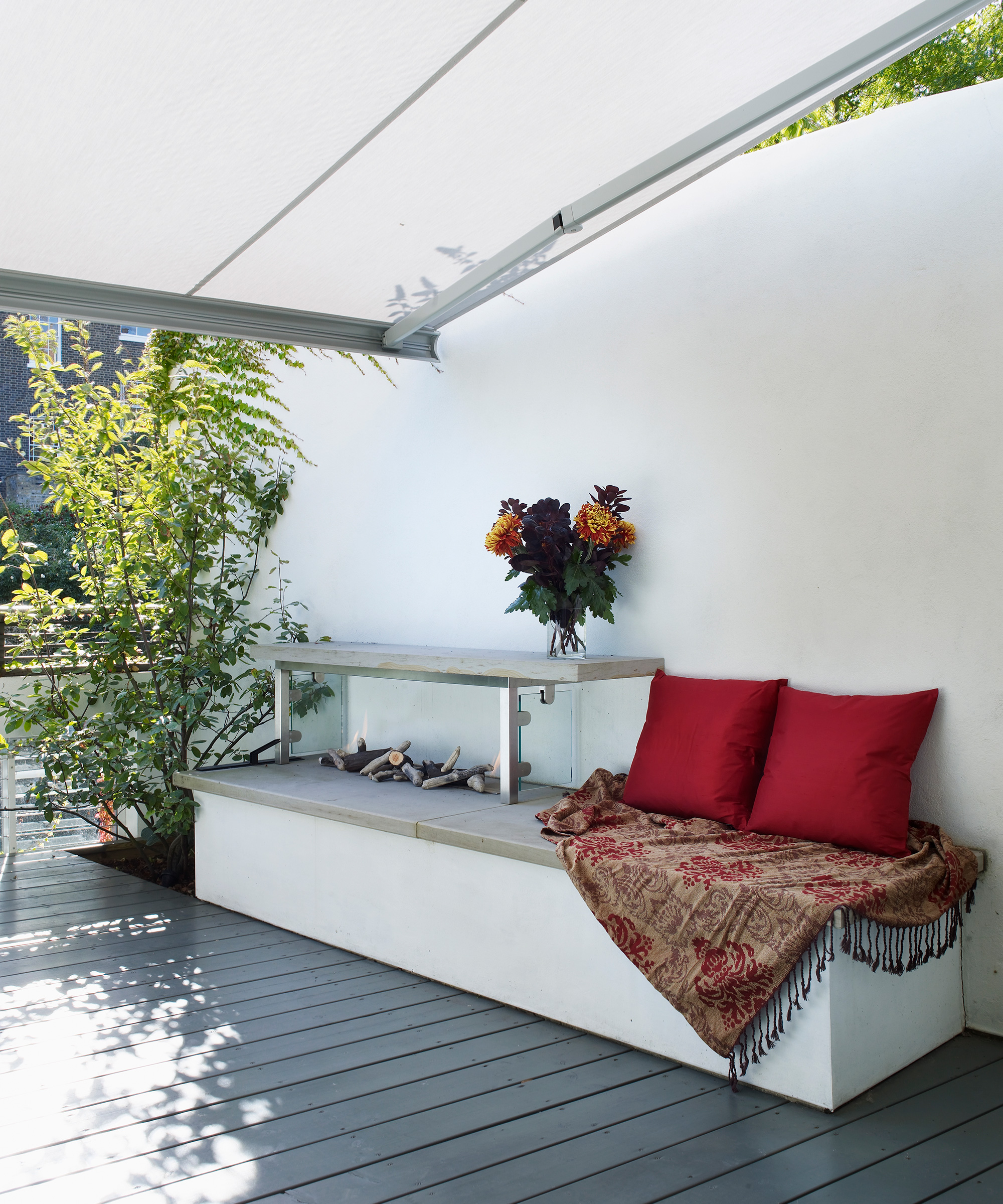
Wind is a common problem on roof gardens. Many plants can cope with it, but you might need some shelter if you want to enjoy the space all year round.
Unless there is protection from surrounding buildings, solid windbreaks aren’t a good idea as they block out the view, plus the wind stress on fixings is high.
Instead, choose permeable trelliswork, hit-and-miss cedar battens arranged horizontally, or perforated sailcloth that filters the wind so only a subtle breeze is felt on the leeward (downwind) side.
Glass is commonly used as a balustrade and wind buffer on roof terraces as it provides uninterrupted views. Don’t site it across prevailing winds unless there are a few holes in it, otherwise turbulence will smack over the top and down on you with great force.
Most importantly, don’t put yourself at risk by teetering over high edges to fix screening – call in a specialist builder or a rope access company to tackle it for you.
7. Plant the right evergreens
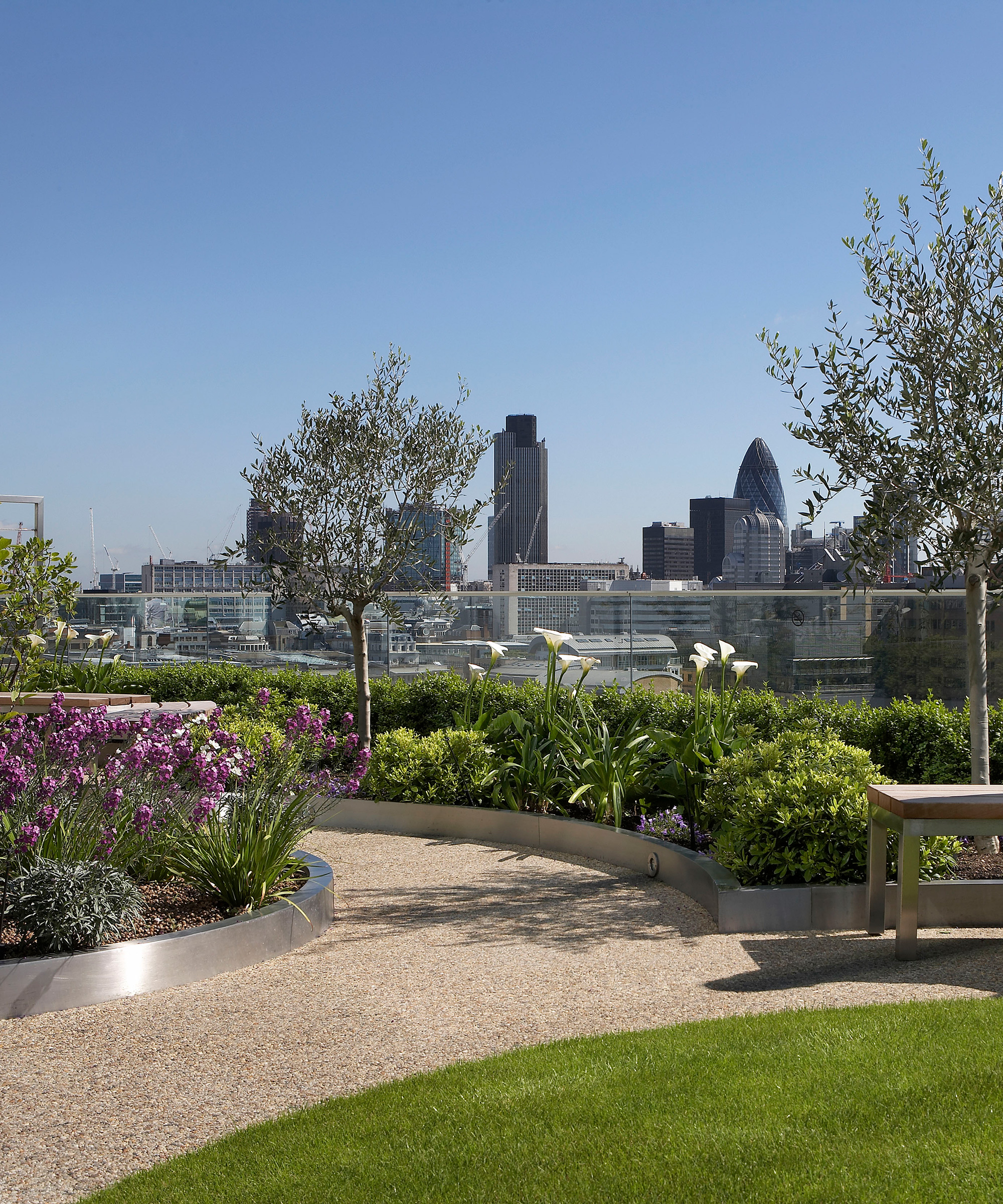
Taller, wind-tolerant shrubs are ideal for roof gardens as they offer some protection against strong wind and rain. Think of them as living garden privacy ideas.
Tough evergreens, such as olearia, phormium, pittosporum and spotted laurel in big tubs are perfect for the job. Bamboo is worth trying too, except on very windswept roof terraces as its large leaves sway too much in the wind, which means the roots will shift about and the plants won’t establish in their new pots. You’ll need protection from sunshine too.
Shade sails are excellent – again, wind-porous materials are the best choice as you don’t want a solid barrier, with the risk of the fabric tearing or flying away. A cheaper solution is to put up a parasol, but make sure it’s securely anchored, otherwise strong gusts might blow it away.
8. Carefully select your materials

Weight is the most important practical consideration when planning roof garden ideas.
With tiny balconies tacked onto the sides of flats or townhouses you won’t need to worry, as they will have been specifically designed to take the weight of a few pots, containers and a bistro dining set. Roof gardens and terraces, however, are a very different matter.
Discovering the load-bearing capacity of a purpose-built roof garden is easy – you simply need to look at the title deeds.
When it comes to older properties, chances are the space was originally intended to be somewhere to hang out the washing, or access the roof. How much weight it can take is debatable, and it’s likely you won’t find the information on the title deeds.
In order to be certain, consult a structural engineer who will calculate what you can – but more importantly what you can’t do – on an older-style roof garden.
If weight is an issue, there are obvious things you can do. Plastic planters, along with fibreglass imitations, weigh much less than concrete, stone or terracotta containers.
Avoid placing pots in the centre of a roof terrace and don’t have too many (fewer containers look better). Fixing pots to surrounding walls or placing them on cantilevered shelves will help as the walls will be taking the weight, not the roof.
Also, choose lightweight collapsible furniture instead of a huge, glass-topped table.
9. Keep the space safe
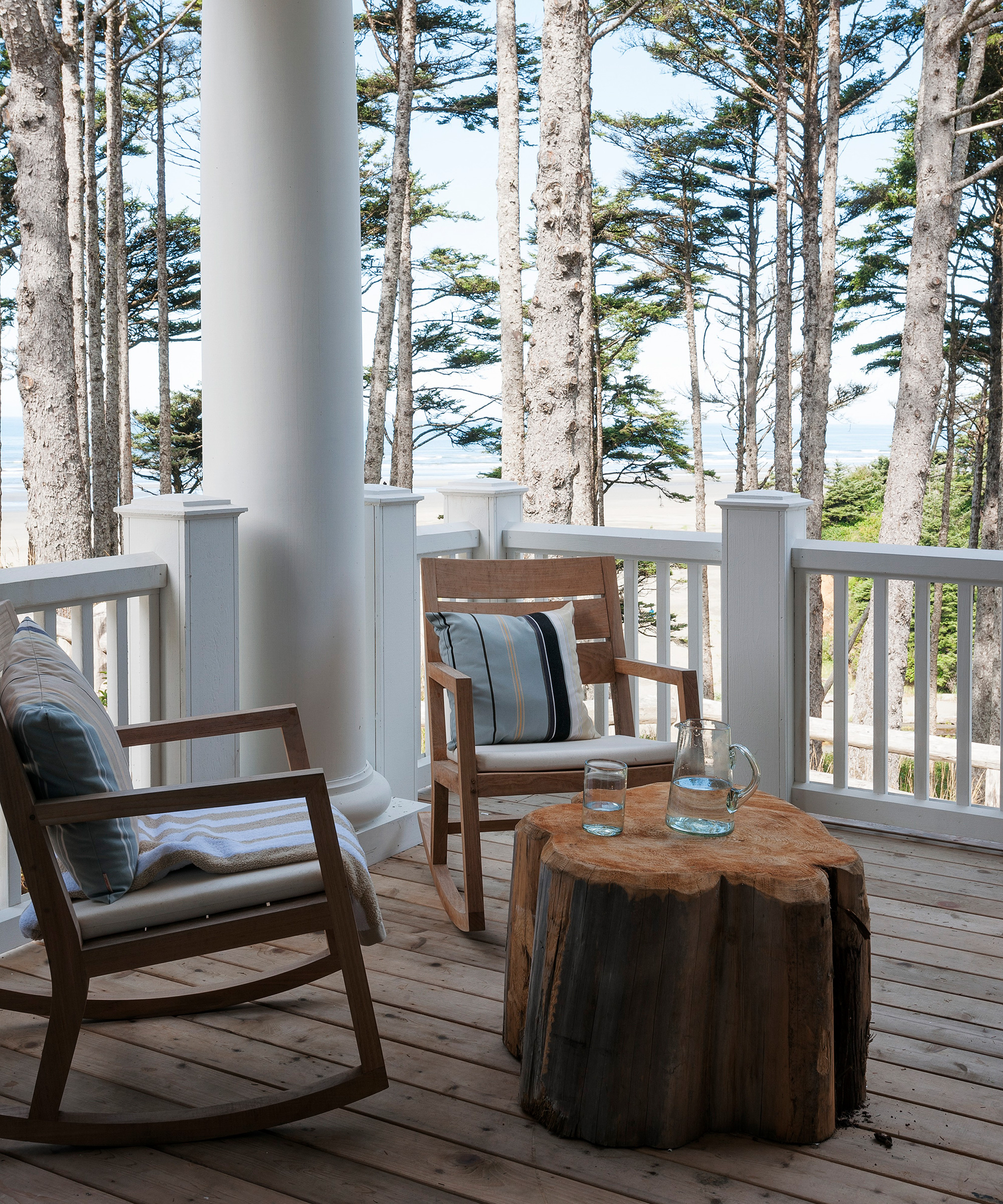
Safety is of course paramount in any roof garden ideas, so avoid hanging anything over the edge or placing pots on ledges, unless they’re firmly secured. Do check with your local authority though – some won’t allow you to do this.
Pergolas, trellis, wirework or shade sails should be fixed securely, with the fixings easily accessible so that they can be tightened regularly.
The balcony or terrace needs to be in good condition too – by law, the sides must measure at least 1100mm high, so you can’t fall over the edge.
10. Install a green roof
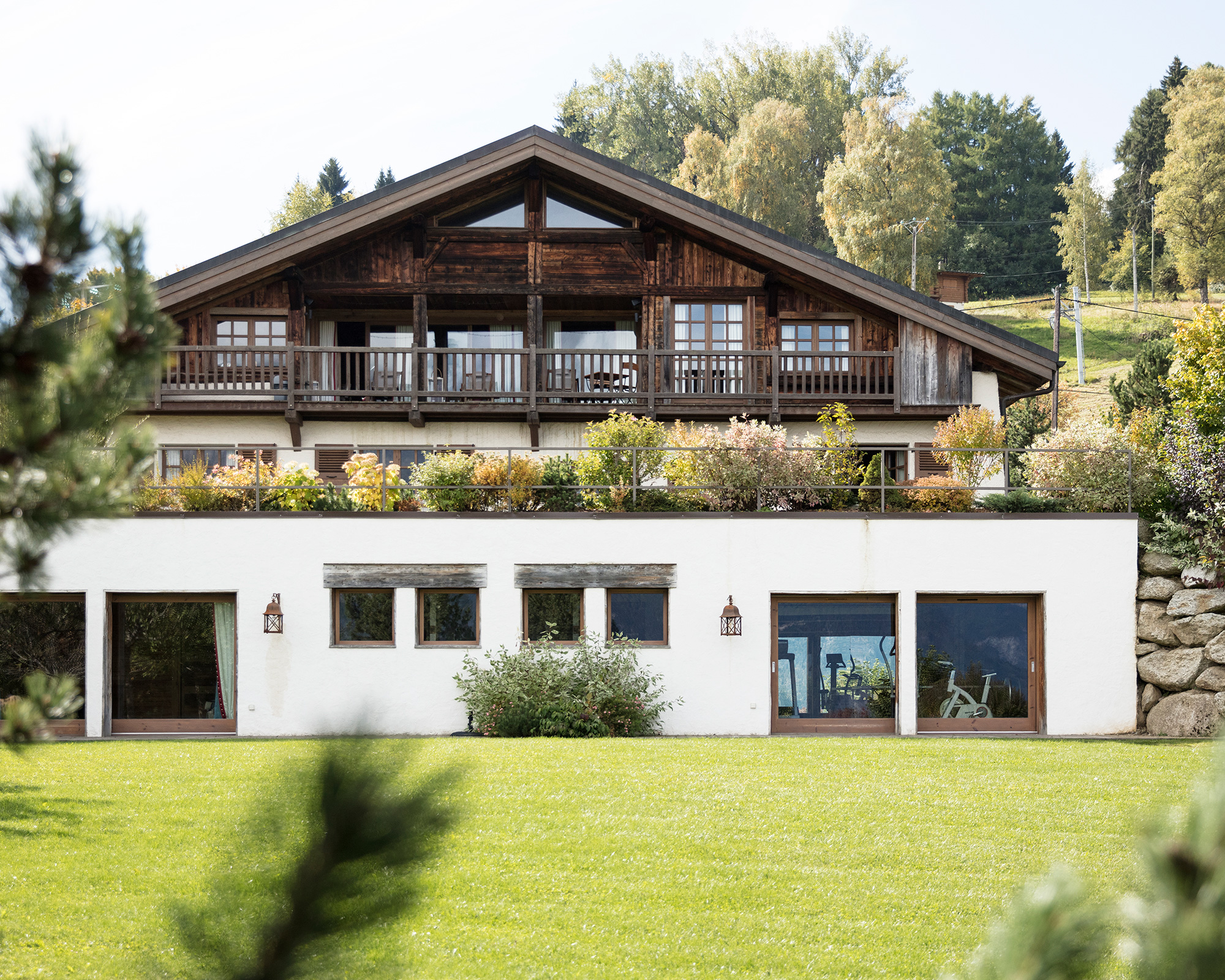
Green roofs, often planted with lightweight sedums, can add a rustic, weathered look to a new-build or outbuilding, as well as offering a safe haven for bees, insects and other wildlife.
First introduced in Berlin in the 1880s to protect bitumen roofs from fire in hot weather, living roofs are now a popular way to add another dimension of green space to a garden, particularly urban gardens and new-builds that aim to blend with the surrounding environment.
According to Simon Walker at Walker Architects: 'A grass roof is an ideal way to integrate a building visually with the surrounding landscape, creating a rich and vibrant tapestry of color to harmonize with the environment. They add charm, interest and natural appeal, especially to new-builds, and contrast beautifully with weathered wood cladding.’
Ask a structural engineer to design your green roof so that the load capacity is taken into consideration. Many existing roof structures, including garden buildings, have not been designed to bear a heavy load, so professional installation is a must.
11. Create a modern meadow

This eighth floor city roof garden, designed by Aralia's Alastair Henderson in Hammersmith's Fulham Reach, feels private thanks to the layered planting and carefully placed trees, which can also help make a small garden look bigger.
'A lot of roof terraces can look contemporary but may not really be about the plants themselves,' says Alistair, who took his cue from coastal and Mediterranean plants that can tolerate exposure, as well as owners who were leaving a much-loved garden at their family home across the river in Barnes. 'They were keen to have a space that could evolve over time, attract wildlife and that was abundant with color, scent and atmosphere.'
The main planting included osmanthus hedging, with its rich jasmine-scented flowers in mid-spring, as well as several trees. Amelanchier, small olives and multi-stem heptacodium trees, that flower in fall and are beloved of bees, are among the best trees for a small garden and a rooftop terrace.
Dotted in between are ilex balls, pittosporum and pinusmugo – a tough, slow-growing shrub.
12. Take the first step to self-sustainability
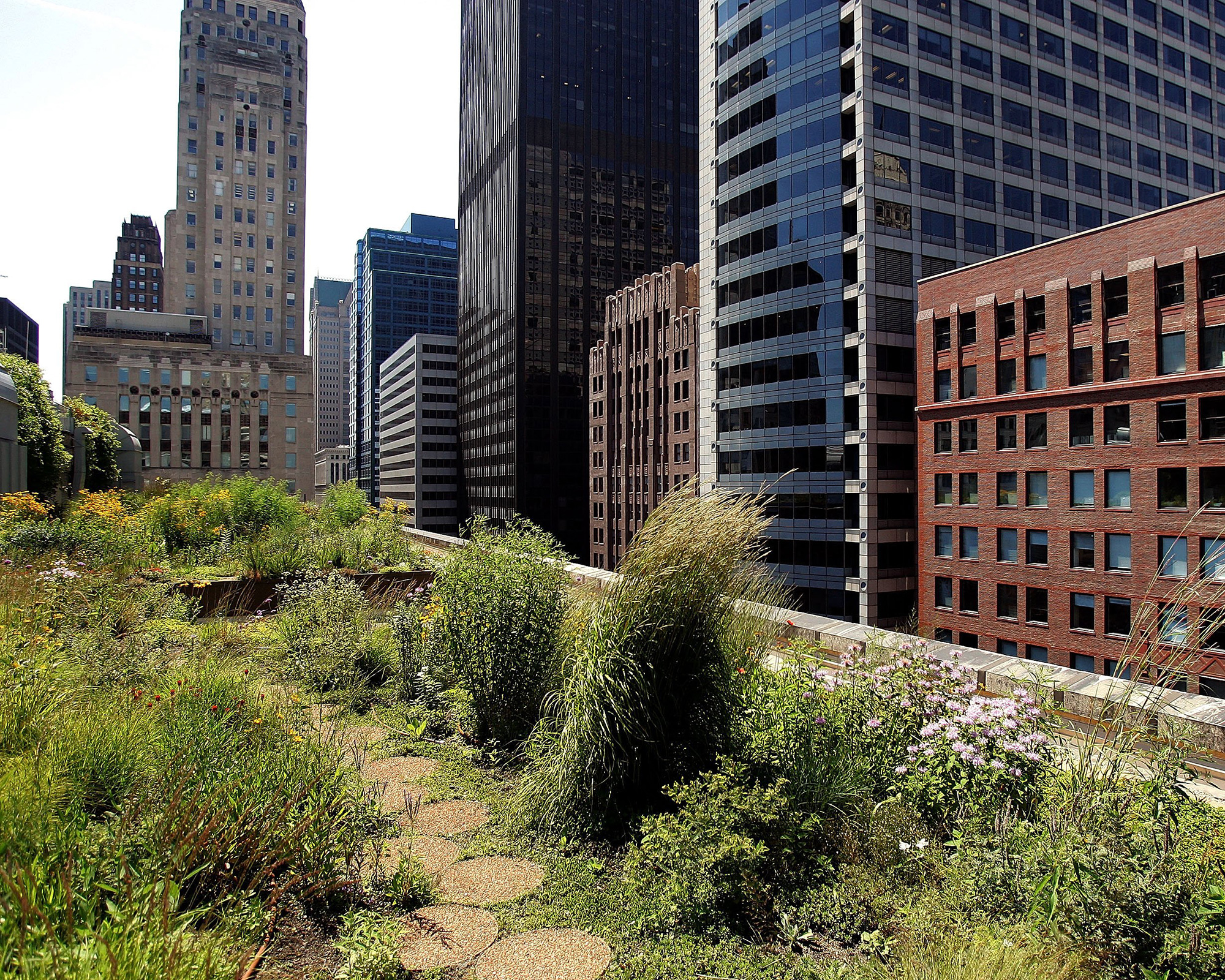
The 20,300 square foot City Hall rooftop in Chicago is certainly a sight to behold. The roof garden has over 20,000 herbaceous plants installed as plugs of more than 150 varieties, including 100 woody shrubs, 40 vines and 2 trees – a Cockspur Hawthorn and Prairie Crabapple, proving that even roof gardens can incorporate small vegetable gardens.
At the time – in 2002 – this was the first rooftop garden of its kind in the US, but it most definitely was not the last. It helped bring forward a new era of urban greening and resiliency efforts in Chicago and other major metropolitan areas, prompting new sustainable small garden ideas and projects in the city.
Unsurprisingly, this garden remains an icon of living architecture in a continually evolving, expanding practice throughout the country.
13. Draw inspiration from an urban jungle
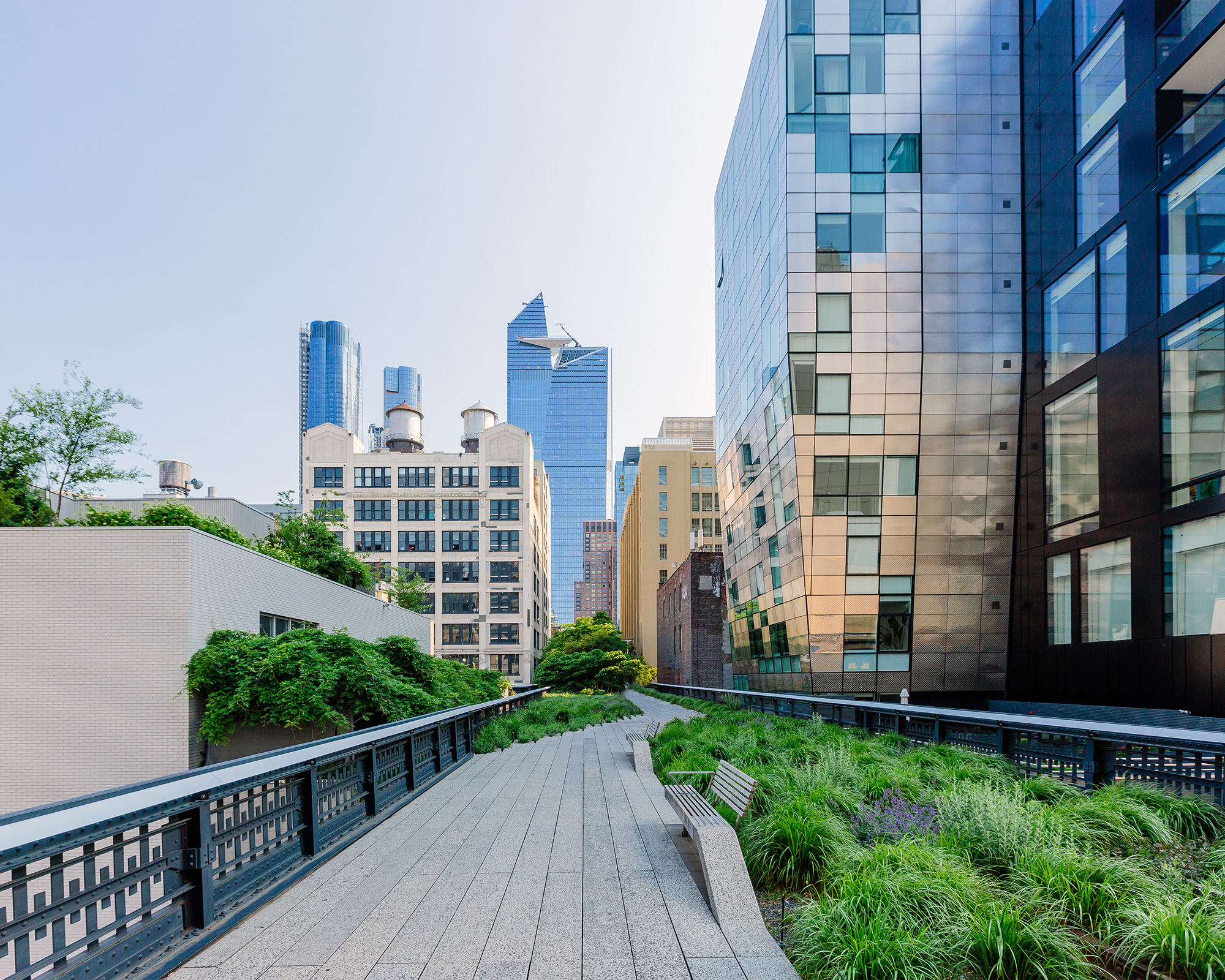
The aesthetic of New York's The High Line reflects natural cycles of life and death, and evokes feelings of being in a wild space. According to Piet Oudolf, who designed the gardens, 'my biggest inspiration is nature. I do not want to copy it, but to recreate the emotion'.
While he is mostly know for The High Line, Piet Oudolf has achieved a level of influence and cultural relevance rarely, if ever, attained by, in his own words, a modest plantsman.
The High Line’s planting design is inspired by the self-seeded landscape that grew wild for 25 years after the trains stopped running. Wandering through these meadow-style gardens, you’ll find perennials, grasses, shrubs, and trees that were chosen for their hardiness, sustainability, and ever-changing textures and colors.
14. Make your roof garden an extension of your home
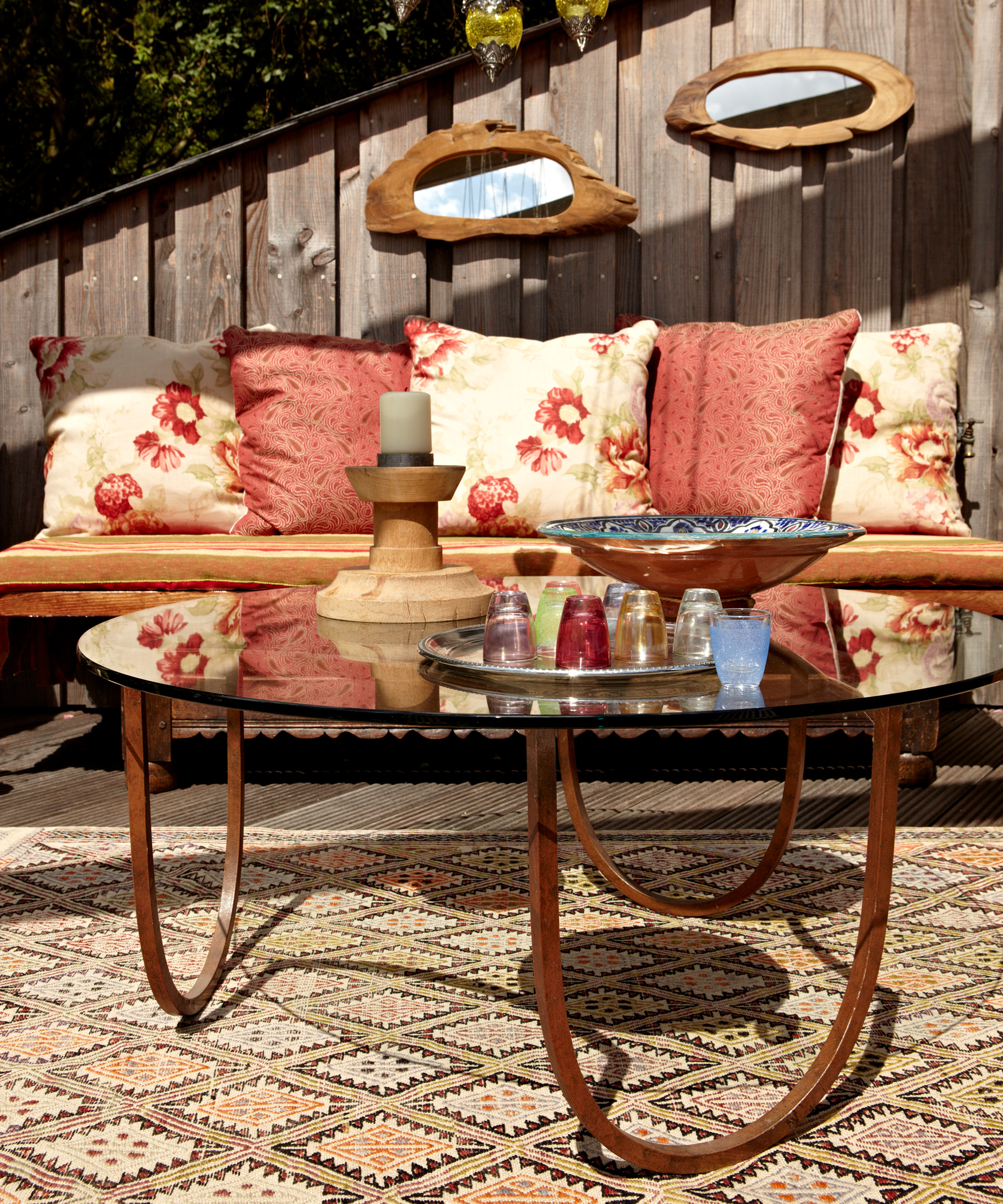
With a little planning, creativity and innovation, it is possible to transform an unused roof space into an area to relax, unwind and entertain.
Borrow from this space's small garden decking ideas, where an intimate outdoor zone has been created using wood panels and soft furnishings for a cozy nook in which to relax.
The space is visually open, creating a light openness to the terrace that fosters an atmosphere of cool serenity. An outdoor rug and furniture create the boundaries of the garden, all while enhancing that warm, homely feel.
How do you plan a roof garden?
When planning your roof garden, the first thing to do is to identify a design theme.
Sleek, simple and sophisticated is the golden rule when designing a roof garden. Cottage or rustic themes that you might use in courtyard gardens rarely work so high in the sky.
Instead, go for a simple, linear layout with contemporary materials, such as polished stone, rendered walls, Cor-Ten steel or concrete, or traditional ones, such as woven hazel and clay pavers, used in a modern way.
Choose materials to complement patterns or colors in the surrounding landscape or adjacent buildings so the design blends in.
Whatever small garden layout ideas you choose, take account of the view. Eyesores, like gas towers and motorway flyovers, will need to be subtly screened, but if you have a sea view or attractive cityscape, make the most of it in your design. Organize your area to maximise good views, maybe framing them with tall container plants or pencil junipers.
What are the critical elements of a rooftop garden?
For all roof garden ideas, in addition to a doorway to access the terrace, the floor structure is likely to need upgrading to take foot traffic. A structural engineer can advise on this.
A balustrade must be erected to a height of 850mm and fixed securely to the floor, walls or both. Popular solutions include masonry walls to match the house, iron railings or toughened glass.
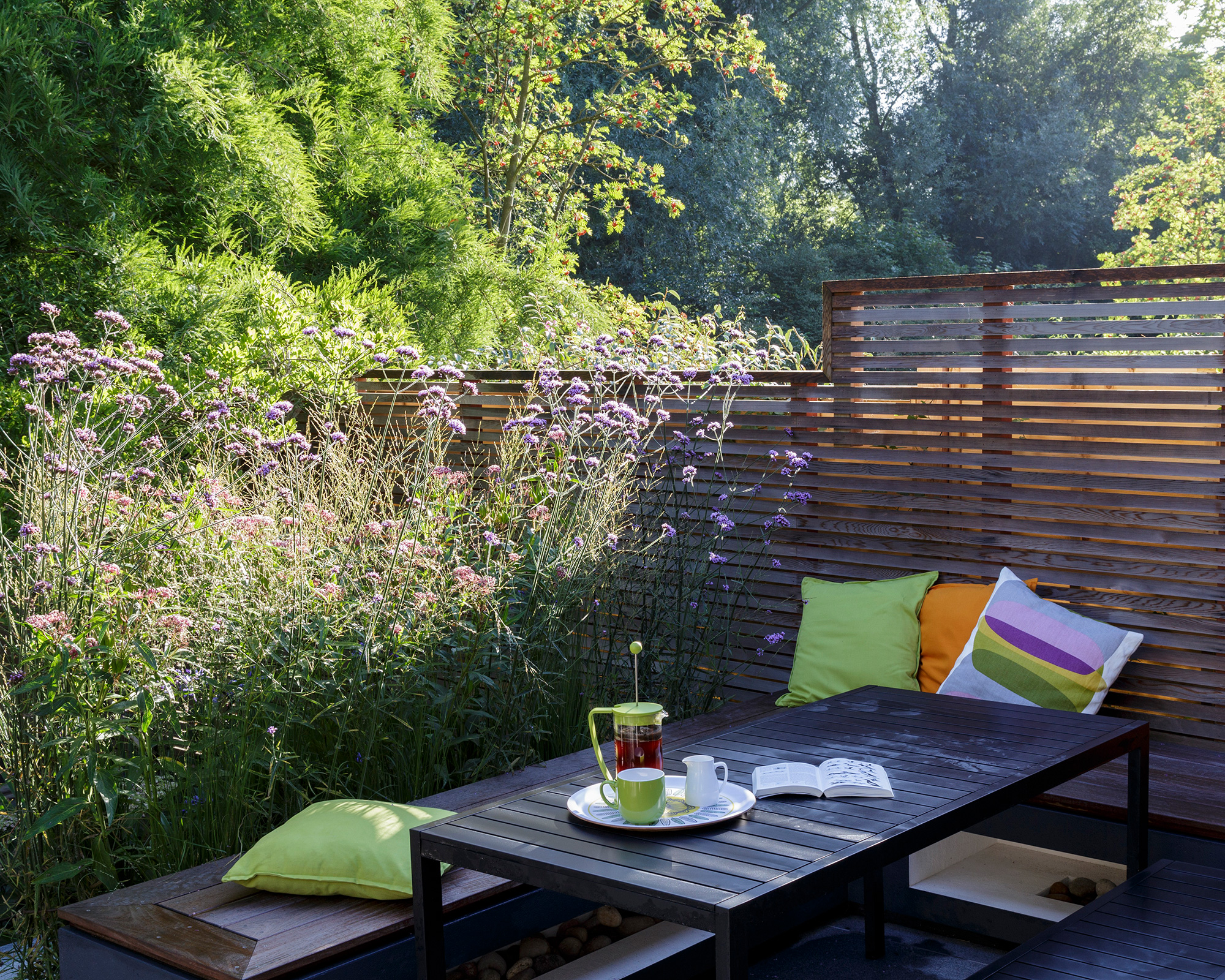
The floor surface of any roof garden ideas must be non-slip and suitable for foot traffic. Some flat roof coverings such as bitumen with stone chipping can take traffic, but deck or tiles often look better and protect the roof.
Decking is ideal, as the firring strips between the deck and roof surface can be cut to level out any slope of the roof. Water must be able to flow over the flat roof and drain away, and an upstand of at least 75mm must be maintained at the door threshold to stop water getting inside.
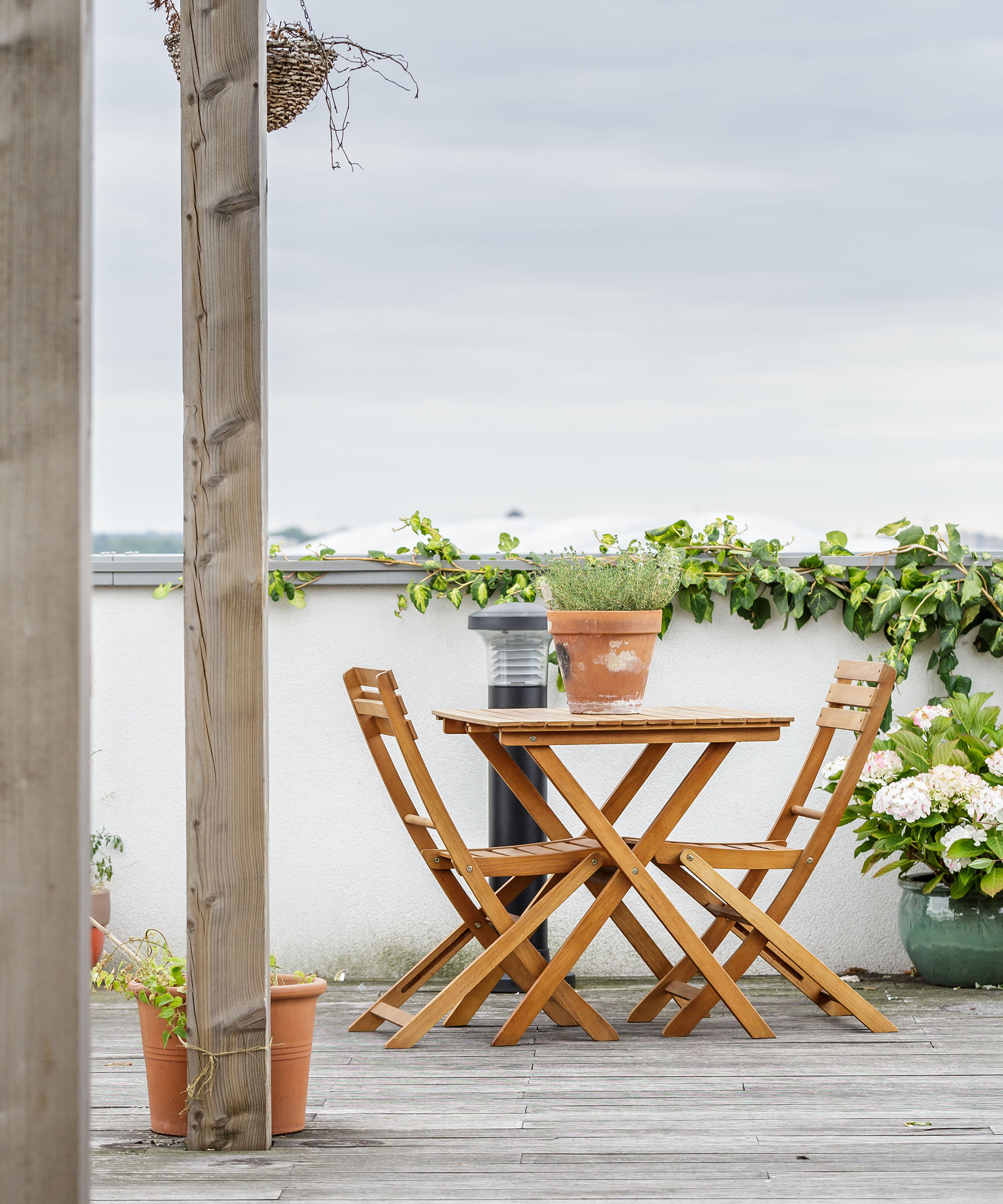
Does a roof terrace need planning permission?
A change of use to form a terrace or balcony from a roof will need planning permission, unless it has already been established for at least four years, in which case it is lawful to retain it.
The authority’s main consideration will be the privacy of neighboring properties. The distance it can project to the rear may be restricted, or it may be necessary to build a wall to obscure views to the sides.
Converting a flat roof into a terrace is notifiable under the American State Building Codes, so you must contact your local authority building control department and submit full plans or a building notice application, along with a fee of around $400-$500.

Jennifer is the Digital Editor at Homes & Gardens, bringing years of interiors experience across the US and UK. She has worked with leading publications, blending expertise in PR, marketing, social media, commercial strategy, and e-commerce. Jennifer has covered every corner of the home – curating projects from top interior designers, sourcing celebrity properties, reviewing appliances, and delivering timely news. Now, she channels her digital skills into shaping the world’s leading interiors website.